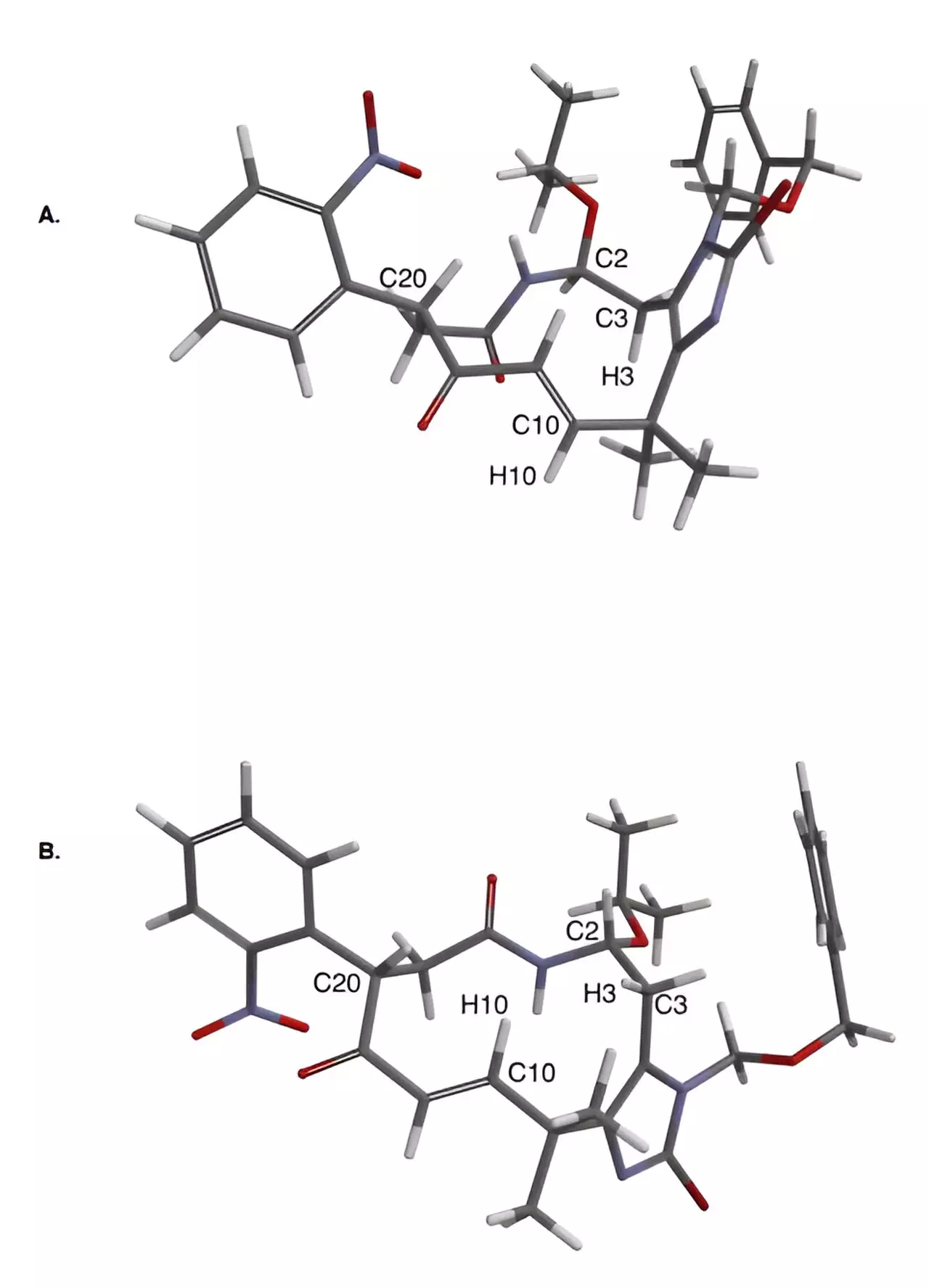Almost three decades ago, an interesting discovery was made by scientists in the field of anticancer research. A group of unique molecules with potential anticancer properties were identified in a family of bryozoans, which are marine invertebrates commonly found in tropical waters. The complex chemical structures of these molecules have been a subject of interest for organic chemists worldwide, as they present a challenging puzzle to be recreated in the laboratory.
For years, many research groups have attempted to synthesize these elusive compounds, but their intricate and dense structures have posed significant challenges. Despite numerous efforts, the successful recreation of these molecules has remained an unattainable goal in the field of synthetic chemistry. The complexity of these molecules has limited their further development, hindering potential advancements in the discovery of new medications.
In a groundbreaking development, a team of chemists from Yale University has managed to achieve what was once deemed impossible. Published in the prestigious journal Science, the researchers have successfully synthesized eight of these compounds for the first time. This significant achievement was made possible by combining innovative chemical strategies with cutting-edge technology in small molecule structure determination.
Led by Seth Herzon, the Milton Harris ’29 Ph.D. Professor of Chemistry at Yale, the research team took a unique approach to tackle the challenge of synthesizing these complex molecules. By studying a specific species of bryozoa known as Securiflustra securifrons, the team gained valuable insights into the structure and chemical reactivity of the molecules. Their approach involved avoiding the construction of a reactive heterocyclic ring until the end of the process and utilizing oxidative photocyclizations to form key bonds in the molecules.
One of the critical elements that contributed to the success of the synthesis was the use of microcrystal electron diffraction (MicroED) analysis. Traditional methods for structure determination proved to be inadequate in this context, highlighting the importance of incorporating advanced technology in chemical research. Through the combination of innovative strategies and state-of-the-art tools, the researchers were able to visualize the structures of these molecules and pave the way for further advancements in synthetic chemistry.
The successful synthesis of these eight new molecules not only holds promise for their therapeutic potential but also opens up new avenues for exploring complex synthetic challenges in the field of chemistry. The collaborative efforts of the research team led by Seth Herzon, along with the contributions of graduate students and collaborators, have demonstrated the power of perseverance, creativity, and scientific innovation in overcoming seemingly insurmountable obstacles. As the journey of discovery continues, this breakthrough serves as a testament to the boundless possibilities of scientific exploration and the potential for groundbreaking advancements in the realm of synthetic chemistry.



Leave a Reply